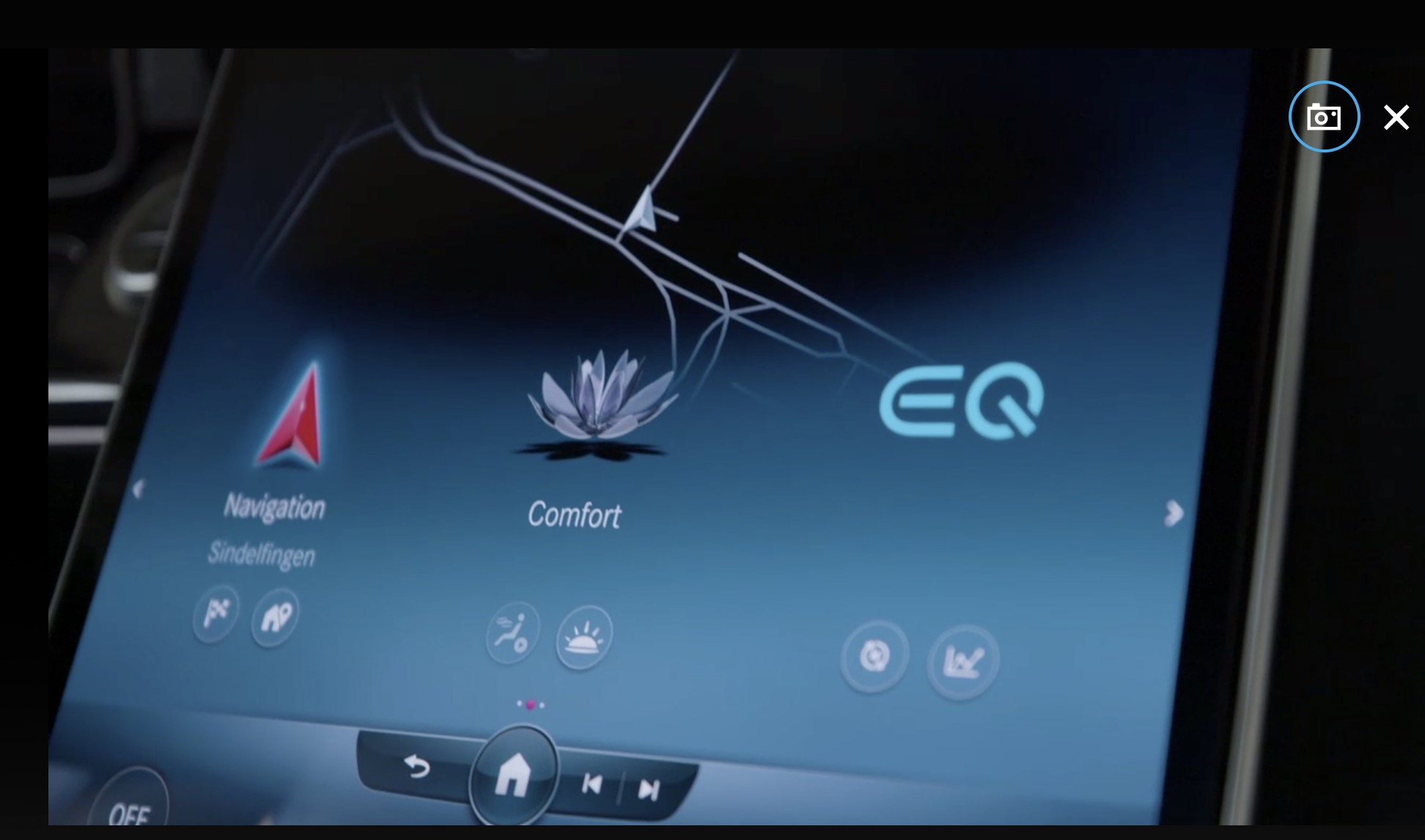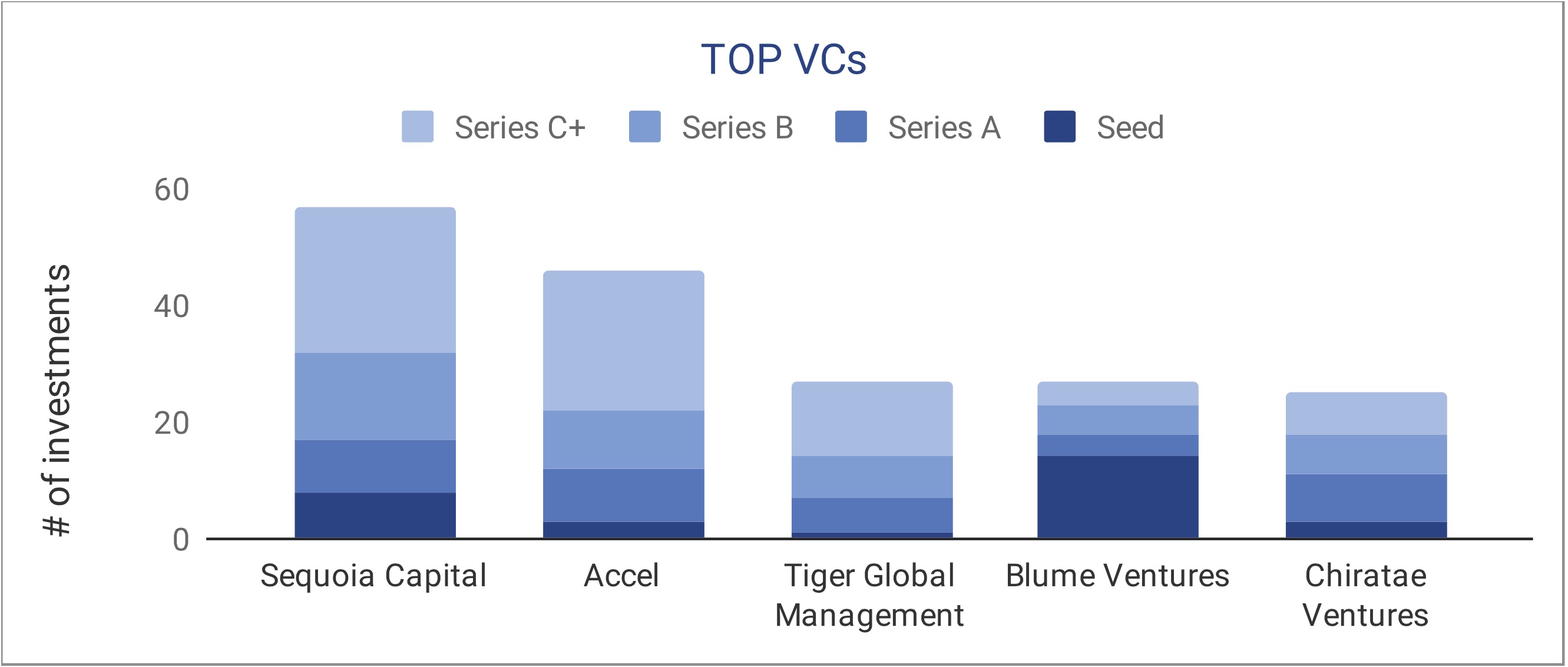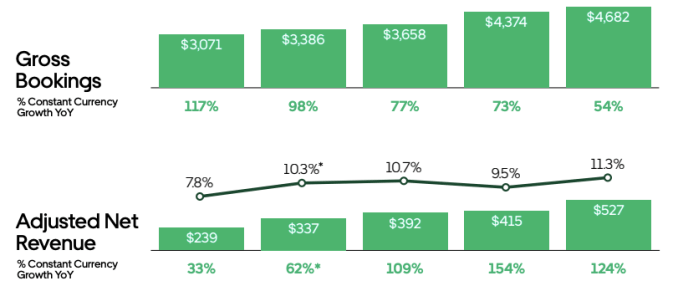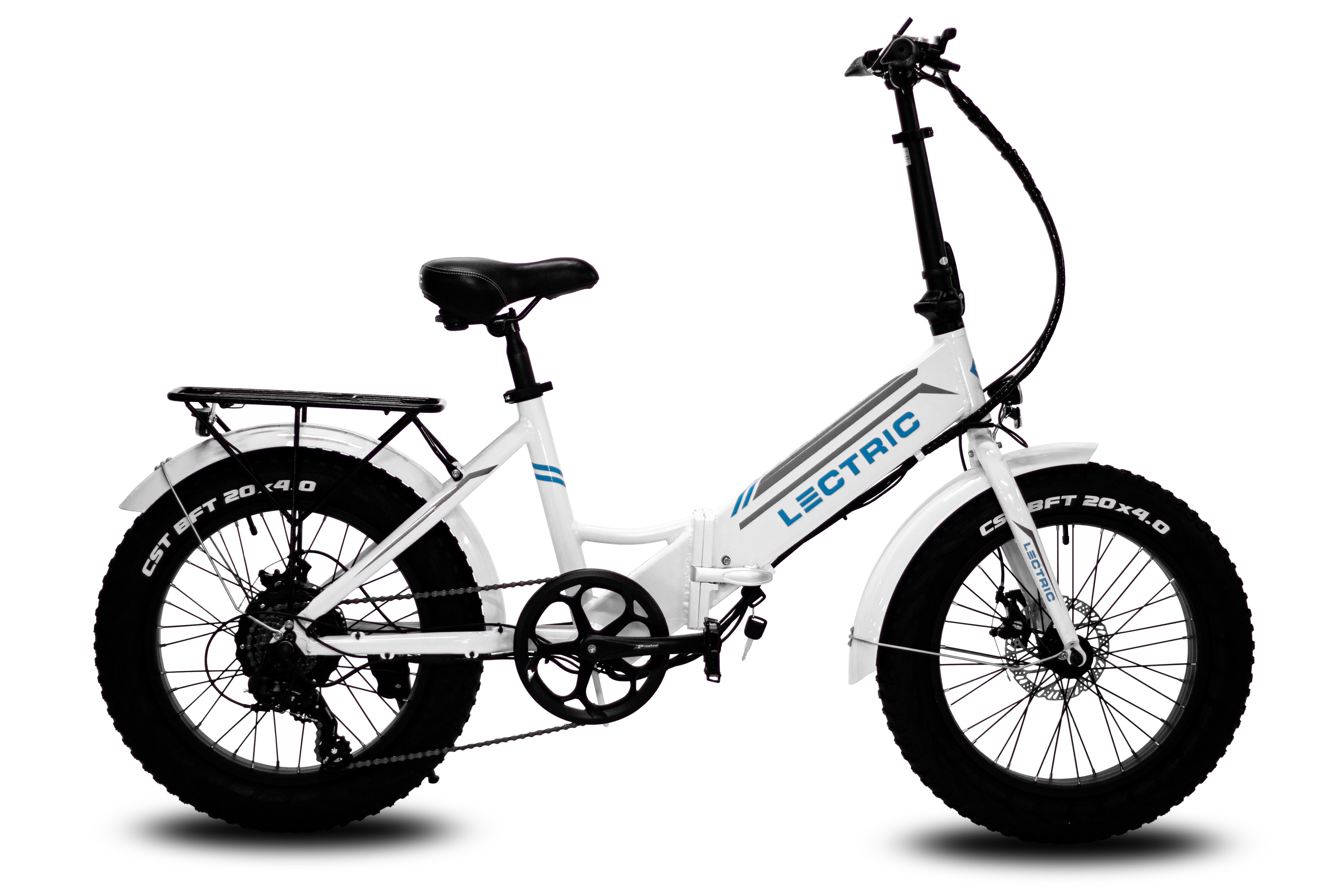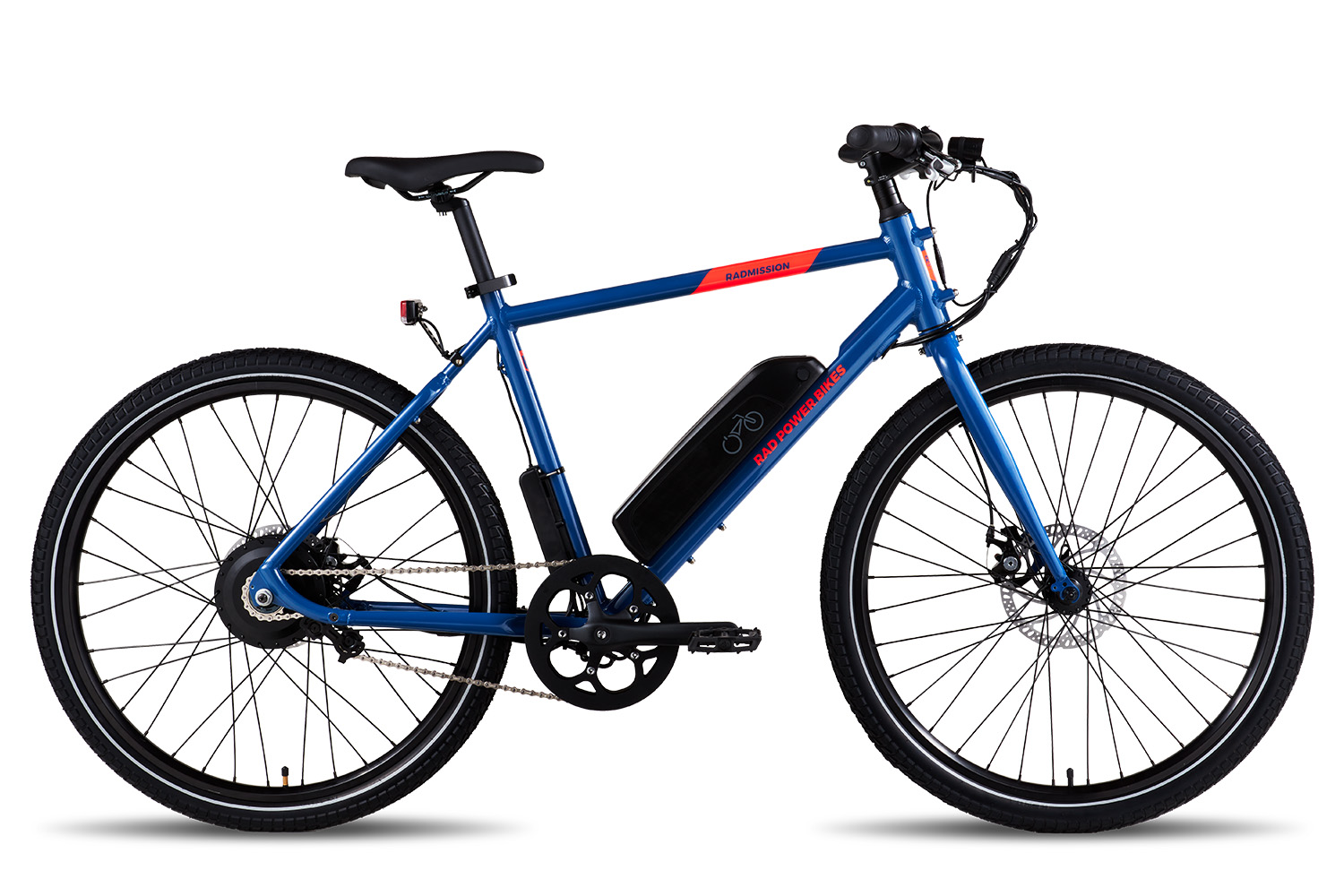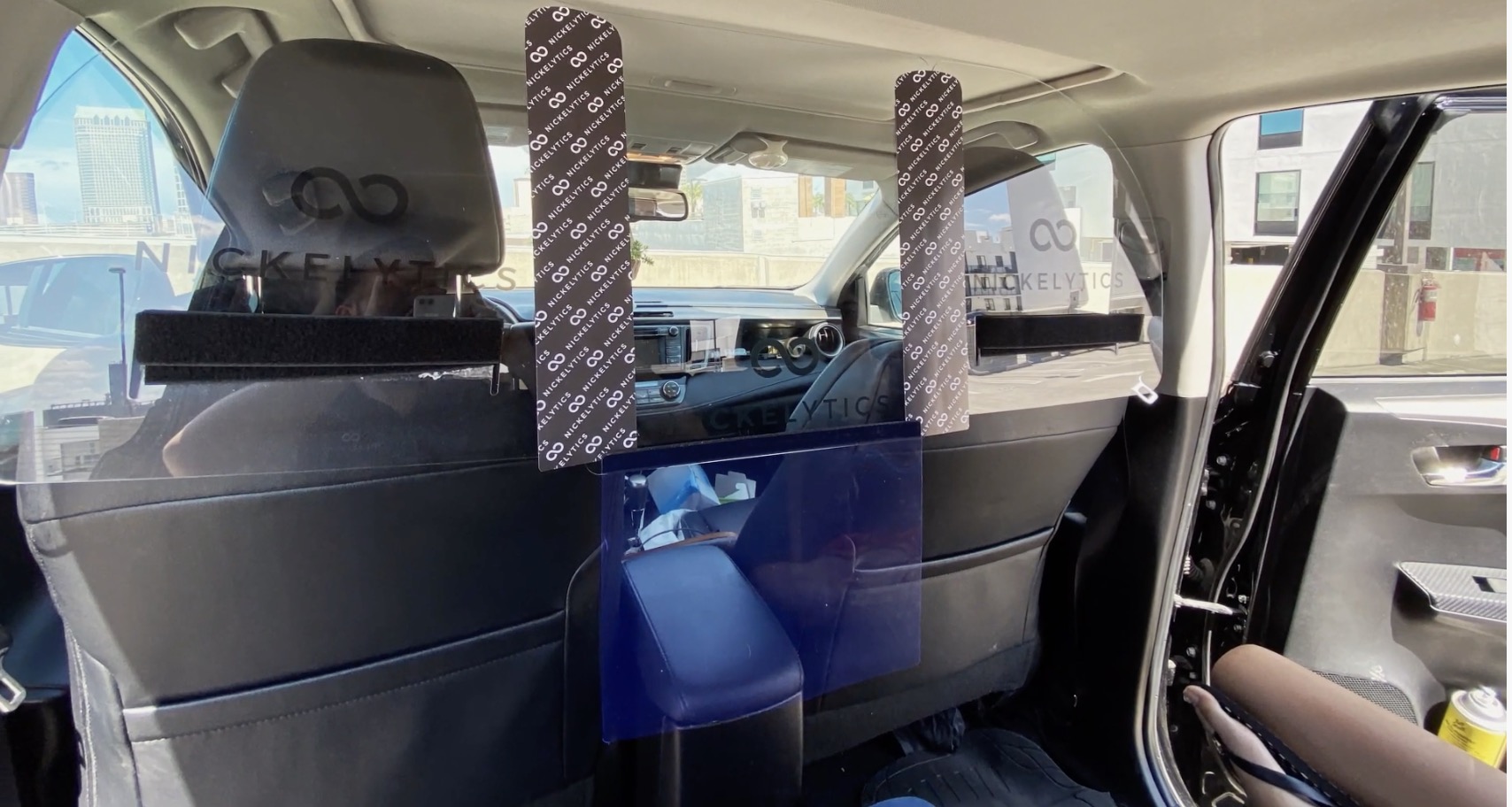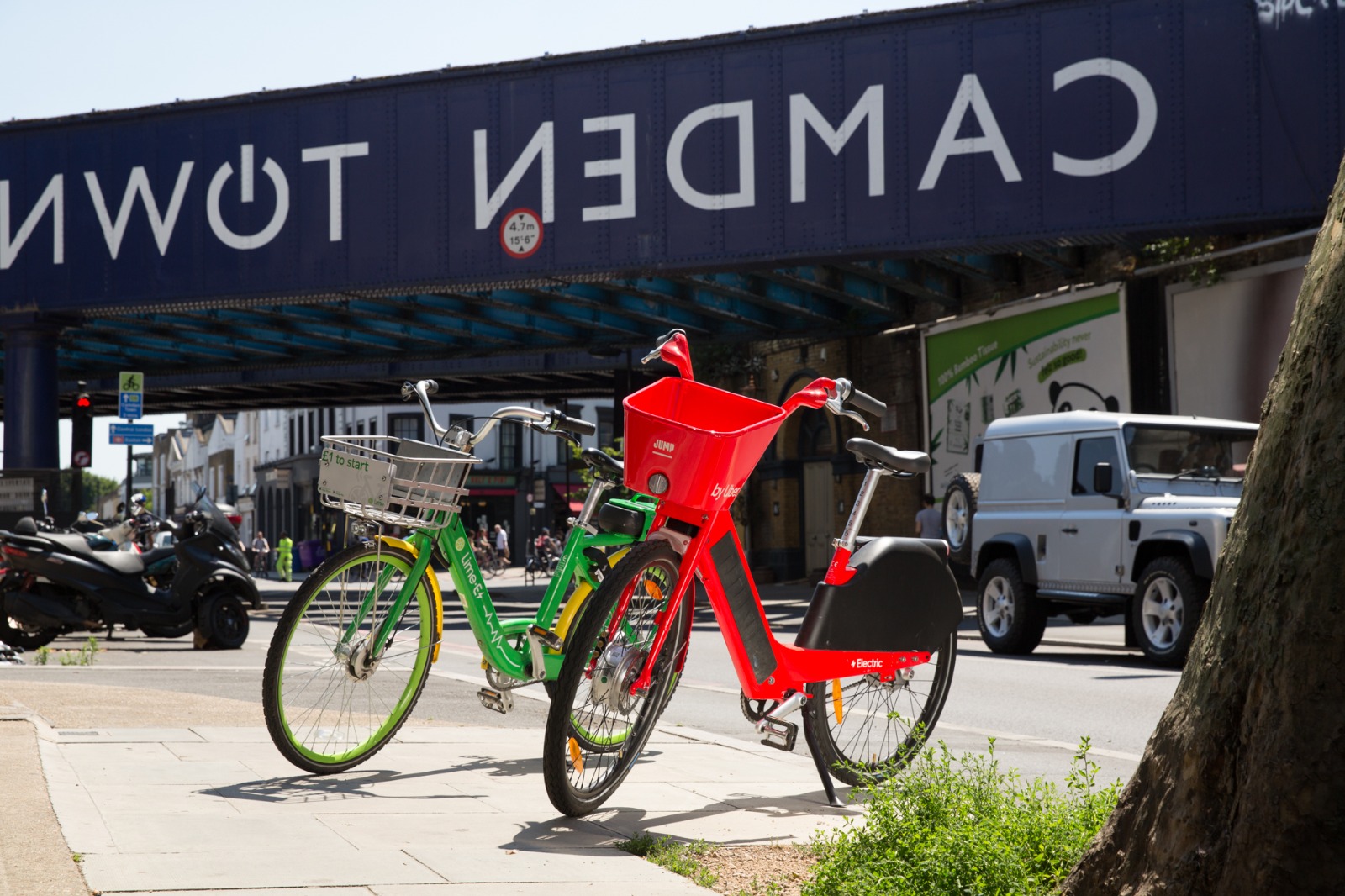Here’s another edition of “Dear Sophie,” the advice column that answers immigration-related questions about working at technology companies.
“Your questions are vital to the spread of knowledge that allows people all over the world to rise above borders and pursue their dreams,” says Sophie Alcorn, a Silicon Valley immigration attorney. “Whether you’re in people ops, a founder or seeking a job in Silicon Valley, I would love to answer your questions in my next column.”
“Dear Sophie” columns are accessible for Extra Crunch subscribers; use promo code ALCORN to purchase a one- or two-year subscription for 50% off.
Dear Sophie:
One of our founders is currently in the U.S. on an F-1 STEM OPT. Our company is sponsoring her for an H-1B visa, and we recently received an RFE.
What does yesterday’s F-1 visa international student immigration announcement mean for her? Is the H-1B going to be denied? Do we need a backup? What should we do?
—Concerned in Cupertino
Dear Concerned:
To find out if an F-1 student is affected by the Trump administration’s international student ban, watch my latest YouTube Live. For more on the H-1B visa ban, please read last week’s Dear Sophie column.
International students have been allowed to take online classes during the spring and summer due to the COVID-19 crisis, but that will end this fall. The new order will force many international students at schools that are only offering remote online classes to find an “immigration plan B” or depart the U.S. before the fall term to avoid being deported.
At many top universities, international students make up more than 20% of the student body. According to NAFSA, international students contributed $41 billion to the U.S. economy and supported or created 458,000 jobs during the 2018-2019 academic year. Apparently, the current administration is continuing to “throw out the baby with the bathwater” when it comes to immigration.
Universities are scrambling as they struggle with this newfound untenable bind. Do they stay online only to keep their students safe and force their international students to leave their homes in this country? Or do they reopen to save their students from deportation, but put their communities’ health at risk?
For students, it means finding another school, scrambling to figure out a way to depart the States (when some home countries will not even allow them to return), or figuring out an “immigration plan B.” Yesterday’s video explores F-1 visa alternatives.
Fortunately, since your co-founder is on OPT, I don’t think the latest F-1 restrictions will affect her based on my initial reading of the tiny bit of info that trickled out of U.S. Immigration and Customs Enforcement (ICE) yesterday and the slightly broader SEVIS broadcast message guidance for schools. (“For the fall 2020 semester, continuing F and M students who are already in the United States may remain in Active status in SEVIS if they make normal progress in a program of study, or are engaged in approved practical training, either as part of a program of study or following completion of a program of study.”)
On the RFE front, I don’t know if it’s any comfort, but you’re definitely not alone: The percentage of H-1B petitioners that receive a Request for Evidence (RFE) has nearly doubled since 2016. Nearly 21% of petitioners received an RFE in fiscal year 2016 compared to more than 40% in 2019. During the first two quarters of the current fiscal year, 41% of all H-1B petitions received an RFE. Check out my podcast because we’ll be covering RFEs, Requests for Initial Evidence (RFIEs) and Notices of Intent to Deny (NOIDs) soon.
Just to be totally clear in answer to your first question: No, getting an RFE does not mean your H-1B application is more likely to be denied. In fact, an RFE offers a final opportunity to strengthen your petition for approval. Because the stakes are so high, I recommend consulting with an experienced immigration lawyer when crafting a response to an RFE.
Make sure U.S. Citizenship and Immigration Services (USCIS) receives your response to the RFE by the deadline printed on the RFE. Last week, USCIS extended its deadlines: The deadline for RFEs issued between March 1 and Sept. 11 is automatically extended by 60 calendar days after the due date due to the COVID-19 crisis and the budget shortfall facing the agency. If your response is not received by the deadline, USCIS will deny your company’s H-1B petition.
You always want to make sure you understand exactly what additional evidence USCIS is seeking from you. Check your original application package to make sure that the requested document or evidence was not included. Sometimes, USCIS mistakenly overlooks information already submitted. If that’s the case, resubmit the requested document in your response package. If you can’t provide a requested document, explain why and provide alternative evidence if possible. Otherwise, provide the document or evidence as requested.
Among the top reasons why USCIS issues an RFE are for failing to show that the position qualifies as a specialty occupation or that a valid employer-employee relationship exists. If the RFE you received is for either of these reasons, here’s a quick reminder of what USCIS is seeking for each requirement.
To qualify for an H-1B visa, your petition must have demonstrated to USCIS that the position sought by the international professional is a specialty occupation. You should have provided evidence that the job requires the understanding and application of highly specialized knowledge and that it usually requires at least a bachelor’s degree — or equivalent experience — in a particular specialty. In recent years, USCIS has narrowed its interpretation of what qualifies as a specialty occupation. For instance, it no longer considers computer programming to be a specialty occupation. USCIS has also challenged positions that don’t require a bachelor’s degree and positions with titles such as computer systems analyst, financial analyst, market research analyst and human resources manager.
Making the case that an employer-employee relationship exists is tricky when it involves a founder working for the company she helped create. An employer must demonstrate that it will control the work of the H-1B beneficiary. For founders, that means someone at the company — either the board of directors or a co-founder — would have to supervise the H-1B beneficiary and have the authority to fire the individual. There are lots of ways to set this up properly.
Once all the evidence and documents required to respond to the RFE are ready, they should all be submitted together in a single response package with the original copy of the RFE as the first page. Save a copy of the response package for your records and send the response to the correct location using tracking and proof of delivery options.
Given that U.S. embassies and consulates abroad have stopped issuing visas and green cards under the executive proclamations issued on April 22 and June 22 and due to the ongoing COVID-19-related travel restrictions, your co-founder should remain in the U.S. for the foreseeable future.
For long-term immigration security for your co-founder, your startup should consider sponsoring her for one of the following green cards if she qualifies:
- EB-1A green card for individuals with exceptional ability.
- EB-2 NIW (National Interest Waiver) green card, which is ideal for startup founders.
- EB-2 green card for individuals with an advanced degree or exceptional ability, which requires a time-consuming PERM labor certification from the U.S. Department of Labor.
- EB-5 investor green card, for which your company could provide your co-founder with the investment funds for this option.
Apparently the Trump administration is not yet done with its efforts to further restrict legal immigration. They are taking a look at whether individuals currently in the U.S. on H-1B visas, as well as EB-2 green cards and EB-3 green cards limit opportunities for U.S. workers. Further restrictions or even expanded moratoriums may be put into place. Of course, I’ll cover it all here if and when it happens.
Let me know if you have more specific questions about an RFE. Good luck!
—Sophie
Have a question? Ask it here. We reserve the right to edit your submission for clarity and/or space. The information provided in “Dear Sophie” is general information and not legal advice. For more information on the limitations of “Dear Sophie,” please view our full disclaimer here. You can contact Sophie directly at Alcorn Immigration Law.
Sophie’s podcast, Immigration Law for Tech Startups, is available on all major podcast platforms. If you’d like to be a guest, she’s accepting applications!
Source: Tech Crunch




